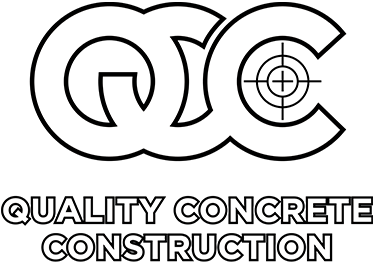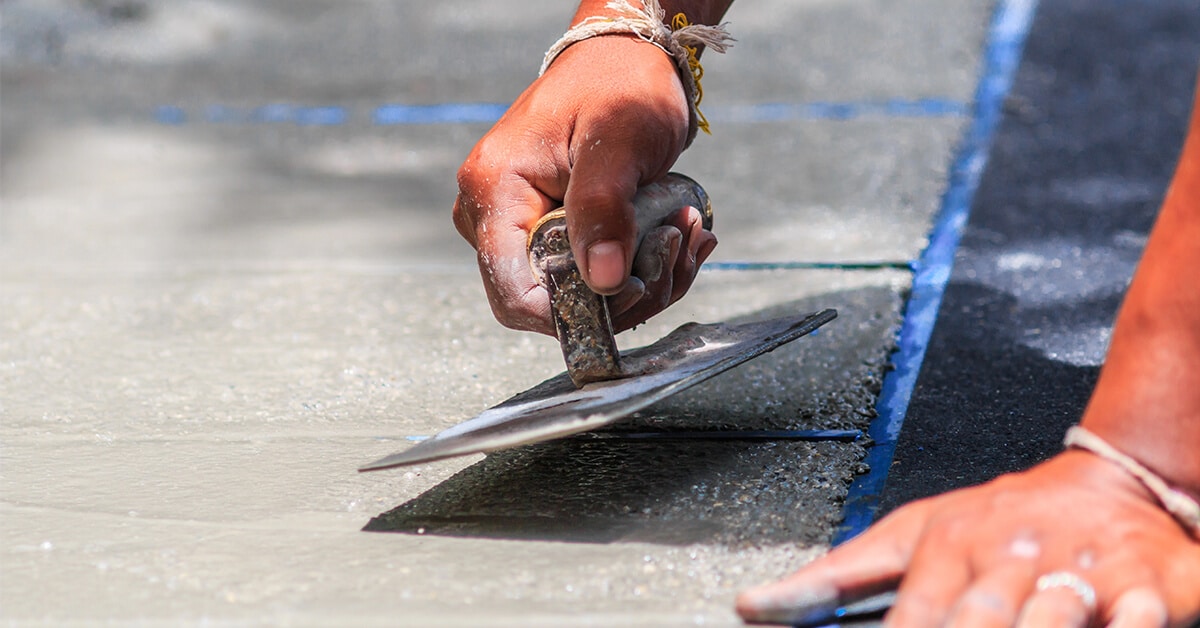When you’re looking for strength and durability, concrete is an excellent building material to choose. However, like any other substance, it can fall victim to various types of damage that can compromise its integrity. With some proactive repairs, you can ensure that your concrete stays intact over its lifespan. Today, we’ll identify some common forms of concrete damage – from cracks to spalling to settling – so you can understand and address these issues effectively.
Cracking
Cracks in concrete may not signal alarm at first – but it’s important to think of them as signals of underlying issues. Sometimes, an ineffective curing process can cause cracking. Alternatively, the cracks can be caused by temperature fluctuations or excessive loads. Finally, water may be leaking into your concrete. Start by assessing the cracks. Though hairline cracks might be superficial, any that are wide or diagonal often signify deeper structural issues. Use a pen to help you determine the level of concern: if the pen sinks into the crack, it’s time for a repair. Minor cracks can be sealed with epoxy or concrete filler, while more significant issues might require professional intervention.
Spalling
Spalling occurs when the surface of concrete chips or flakes away. You’ll know that your concrete is experiencing spalling if you run your hand over the surface and feel a rough or sandy texture. Spalling occurs due to freeze-thaw cycles, corrosion, or poor quality of the concrete mix. To address the issue, remove damaged portions carefully and apply a concrete patch or resurfacer. Prevent spalling by ensuring that proper curing methods are used during construction and avoiding de-icing salts on concrete surfaces.
Settling
When the ground beneath concrete shifts, settling can occur – causing an uneven surface and potential structural damage. To identify settling, look for these sloping or uneven surfaces, and pay attention to doors and windows that may not close properly. These signs are particularly important evidence of concrete damage, and it’s critical to address them promptly. Settling can be remediated with mudjacking or slabjacking – a process in which a material is injected beneath the concrete to raise and level it.
Corrosion of Reinforcement
Concrete relies on steel to reinforce its strength – particularly in structures that need to withstand lots of force or weight. When the steel corrodes, it can compromise this reinforcement and damage the concrete. Rust stains on the concrete surface and visible cracks are indicators of corrosion. Regular inspections, especially in areas prone to moisture, are essential. To address corrosion, damaged concrete will need to be removed, and the steel reinforcement treated with anti-corrosion coatings. This is followed by patching or replacing the affected sections.
Alkali-Silica Reaction (ASR)
Sometimes, a chemical process called Alkali-Silica Reaction (ASR) can occur within the concrete. A gel-like substance is formed, causing the concrete to expand and become damaged. Signs of ASR include distinctive map-like patterns on the concrete surface. It’s most effectively prevented during installation by using a low-alkali cement and carefully selected aggregates. ASR is a complicated form of concrete damage, and you should consult with professionals if you suspect it. Mitigation strategies may involve removing and replacing the affected concrete or applying specialized surface treatments.
Talk with the Experts
It’s discouraging to find out that your concrete is damaged. Though some repairs can be DIY’d, it’s important to ask a professional to assess the situation. Quality Concrete Construction has extensive experience and can offer a wide range of concrete damage repairs depending on the situation you’re facing. We’d be happy to talk with you about your needs. Contact us today.

